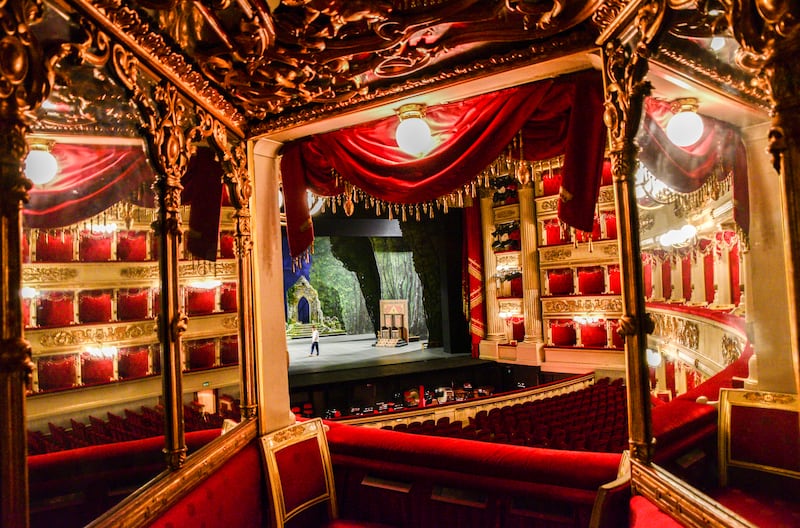A night at the Italian opera is a bucket-list experience for many tourists and Unesco recently safeguarded the ancient art form, including Italian opera singing on its list of Intangible Cultural Heritage last month.
Dating back to the late 1500s, Italian opera singing is practised or taught by more than 30,000 people in Italy.
Each day, a new generation of students receive tutelage from operatic maestros. They learn not just exquisite control of vocal pitch, but also powerful projection that allows them to maximise the acoustics of venues such as churches, arenas, amphitheatres and, of course, those stunning, famous opera houses.
Here are five of the finest venues where you can enjoy this form of singing in Italy.
Teatro alla Scala, Milan
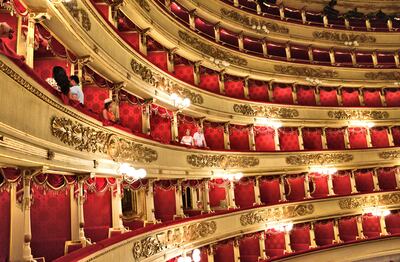
When first I visited Italy’s most famous opera house, I feared my camera was going to overheat. Such was the intense labour it went through in snapping my wife from every conceivable vantage point in what is one of the most photogenic interior spaces I’ve yet seen.
The blend of blood-red furnishings and gilded accents inside Milan’s 18th-century opera house is wonderfully ostentatious. Tourists all around us were taking just as many photos during one of the five daily English-language guided tours of the facility.
For $33 per person, we were led past its sublime foyer, royal box, orchestral pit, backstage area and museum, which is laden with artworks, images and artefacts. It explains how the Teatro alla Scala once all but disappeared. In 1943 it was badly damaged by Second World War bombing, but was rebuilt immediately after the war and continues to regularly present concerts, operas and stage shows.
Verona Arena, Verona

If Paris is the city of love, Verona is the city of romantic tragedy. This charming city in north-east Italy has become intertwined with Romeo & Juliet, a Shakespearian tale of love found and lost set in the timeworn streets that surround perhaps the country's most unique opera venue.
Whereas the other Italian opera houses I visited were meticulously maintained, Verona Arena is a crumbling, open-air amphitheatre that once was periodically splattered with blood. After it was built, almost 2,000 years ago, it regularly hosted violent gladiator battles. In recent centuries it has been a key venue for concerts, stage plays and operas.
All of which are even more dramatic set against the backdrop of this Unesco-listed structure, which is similar in appearance to the Colosseum in Rome. Built to accommodate up to 30,000 spectators, the arena is the main venue of the annual Verona Opera Festival, which runs from June to September this year. At other times, tourists can enter and wander the amphitheatre each day between 9am and 7pm.
Pavarotti-Freni Theatre, Modena
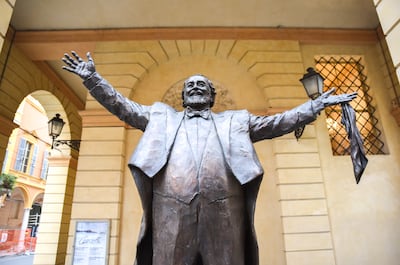
Like Verona, the small northern city of Modena has a unique identity, in its case due to being the birthplace of the luxury sports car brand, Ferrari. A short walk south of the impressive Enzo Ferrari museum is a magnificent venue named after another of this city’s greatest creations, opera legend Luciano Pavarotti.
Born in Modena in 1935, Pavarotti died in 2007 as perhaps the most famous singer in Italian history. Even now, his music lives on in his hometown, where tribute concerts are held for him each year. I was able to watch him in full vocal flow, albeit suspended in motion, by visiting his statue outside the Pavarotti-Freni Theatre.
This stately building was Modena’s opera headquarters since the 1830s and was known as the Teatro Comunale di Modena until being renamed in recent years.
Guided tours can be booked online, as well as tickets to its shows, which span opera, dance and classical music concerts.
Teatro Communale di Bologna, Bologna
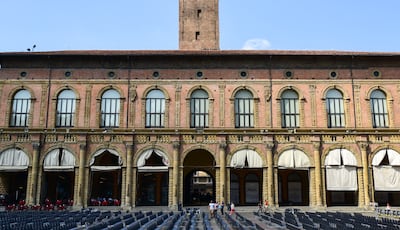
Bologna is one of Europe’s most overlooked cities, the result of being located in between tourist magnets Venice, Milan and Florence. Those tourists who do pause to delve into Bologna are rewarded by a picturesque historic centre, decorated by pretty churches, art galleries, shady parks and a splendid opera house.
Built in 1763, the attractive facade of Teatro Communale di Bologna is embellished by rows of arches and columns. This reflects Bologna’s most famous architectural achievement – its 62-kilometre network of ornate, covered walkways that are now a Unesco World Heritage Site.
The city’s oldest theatre is tremendously busy. More than 100 events, including about 80 operas, are held each year in its luxurious main hall, which is draped in vibrant murals and covered with velvet furnishings.
Teatro Argentina, Rome
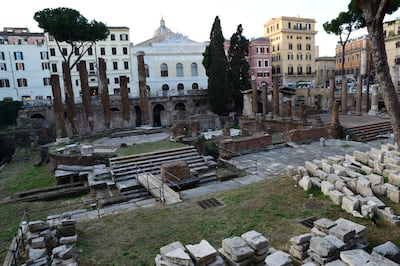
Rome is so dense with historic sites that it’s easy for even the most remarkable buildings to fade into the background. That was what happened when I headed to the Italian capital’s revered opera venue, Teatro Argentina.
As I approached this cream-coloured, 18th-century masterpiece, I encountered a unique site opposite it – the ruins of 2,000-year-old Pompey Theatre, where Roman leader Julius Caesar was assassinated.
One of the oldest performance venues in Rome, Teatro Argentina doesn’t offer regular tours. But tourists can still see its lavish interior by booking online tickets to one of its many shows, which in 2024 range from ballets to opera, stage plays and orchestral concerts.
